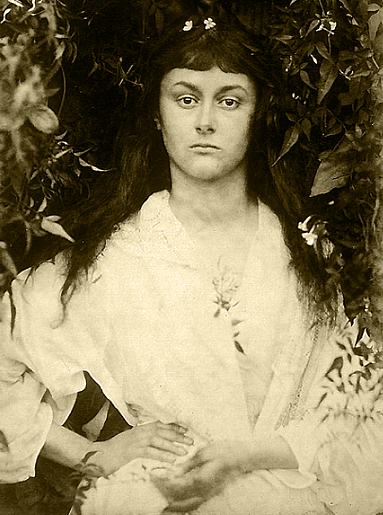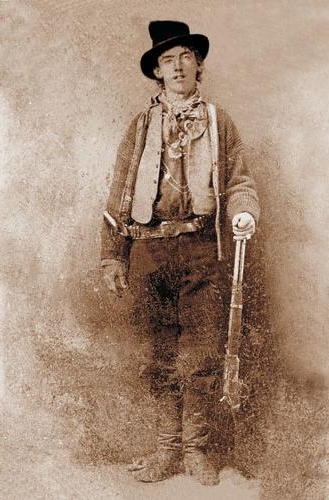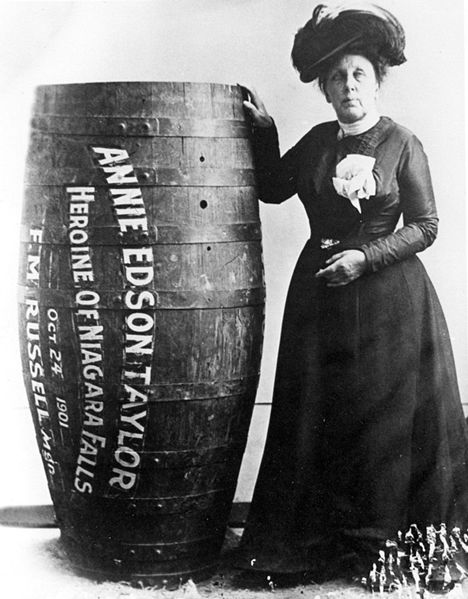
Figure 1 – Alice Liddell as Pomona the Roman Goddess of gardens and fruit. Image (1872) by Julia Margaret Cameron from the Wikimedia Commons and in the public domain.
I have just returned from a wonderful Thanksgiving weekend with my son and his girlfriend in New York City. All through the year, I follow the photography exhibits at the Metropolitan Museum and after discovering that the are not coming to Boston, I tend exhale a mournful sigh. Well, I am happy to say that I did make it on Friday to a special exhibit at the Metropolitan Museum of the “Work of Julia Margaret Cameron (1815-1879),” which runs through January 5, 2014. So there is still time for you to get there.
Needless-to-say, this takes us back to a time when photography was new and image makers strived for the metaphorical and mystical. For Cameron it tended to be a Christian mythology like her “Daughters of Jerulsalem, 1865” or mythic themes drawing either on classic Greco-roman myths, such as “Casseopeia, 1866,” or those of the English Isles, such as “The Parting of Lancelot and Guineveirre, 1874.” Almost always Cameron sought to portray the unique world of women.
I want to say that the space that the Metropolitan Museum has allotted to special exhibits, especially intimate ones like the Cameron exhibit is truly magnificent. As you walk down the corridor to this exhibit space, past the ubiquitous special exhibits’ gift shop, your mind is suddenly flooded with memorizes of all of the previous exhibits that you have seen there. The light is perfectly subdued to highlight what are mostly silver albumin prints. Cameron was a perfectionist, and she worked hard for every iota of effect. This included the choice of size for her pictures. When commissioned by Tennyson to illustrate a book of his poems, she privately financed a folio size edition that would properly highlight her work. Such was, and remains, the difficult translation from photograph to printed page.
What first grabbed me as I entered the exhibit was a photograph not by Cameron but by Oscar Reijlander(1813-1875) entitled “Mr. and MIss Constable, 1866.” It depicts the Constable children in a touching and fond embrace. It ingeniously poses them obliquely staring into a fire. Reijlander was a master of pose and he built a special studio behind his home with five oddly shaped, judiciously placed windows. These gave him complete control over illumination. This image is striking in its theatricality and even seems to be a still promo for a movie. Of course, movies were thirty years away. What is most striking to me, the element that makes the image so human and special is the freckles on Miss Constable’s face.
There is also a truly wonderful portrait by Reijlander of “Cicely Hamiltion, 1863-1867.” The way in which the girl wraps her arms self consciously around herself an the upward stare of her eyes are both enigmatically and defining of this great photograph. Unfortunately it also evokes the darker and controversial side of Victorian photographs of young girls.
Studying the exhibit was like a visit to so see so many old friends. And with photography, it is invariably significant to see the prints the way the photographer mean them to be seen. Neither digital display on a computer or printing in the best photography books ever truly captures the image.
Among the “old friends” was Cameron’s portrait of astronomer “Sir John Herschel, 1867,” which we have had the opportunity to speak about before. And there was Cameron’s portrait of Alice Liddell (1852-1934) the inspiration of Sir Charles Dodgson’s “Alice in Wondereland.” This is shown in Figure 1, where Liddell is posed (1872) as Pomona the Roman goddess of gardens and fruit trees. But then I came upon something really striking that I had never seen before, or more likely had seen before my mind was ready to see it. This is Cameron’s allegorical image of “King Lear Allotting his Kingdom to his Three Daughters, 1872.” A Shakespeare story was rare for Cameron. And I have to say that to my mind King Lear is the ultimate Shakespearean tragedy. I comes closest to a Greek tragedy in that daughter Cordelia knows full well both her familial and her marital responsibilities and, in the end, she goes to her fate knowing it full well and facing it because it is her destiny to face it. This image shows what a true master craftswoman Cameron was. The entire story is told in a single picture. The three Liddell sisters pose as Lear’s daughters. Cameron’s husband poses as Lear. On the left, daughters Regan (Lorina Liddell) and Goneril (Elizabeth Liddell) whisper flatteries in their father’s ear. Note the brilliant gesture of Lorina’s pointed finger. While Alice as Cordelia stands with demure resignation on the right enduring her father’s wrath.
“What shall Cordelia do?
Love, and be silent…
Then poor Cordelia!
And yet not so; since, I am sure, my love’s
More richer than my tongue.”




